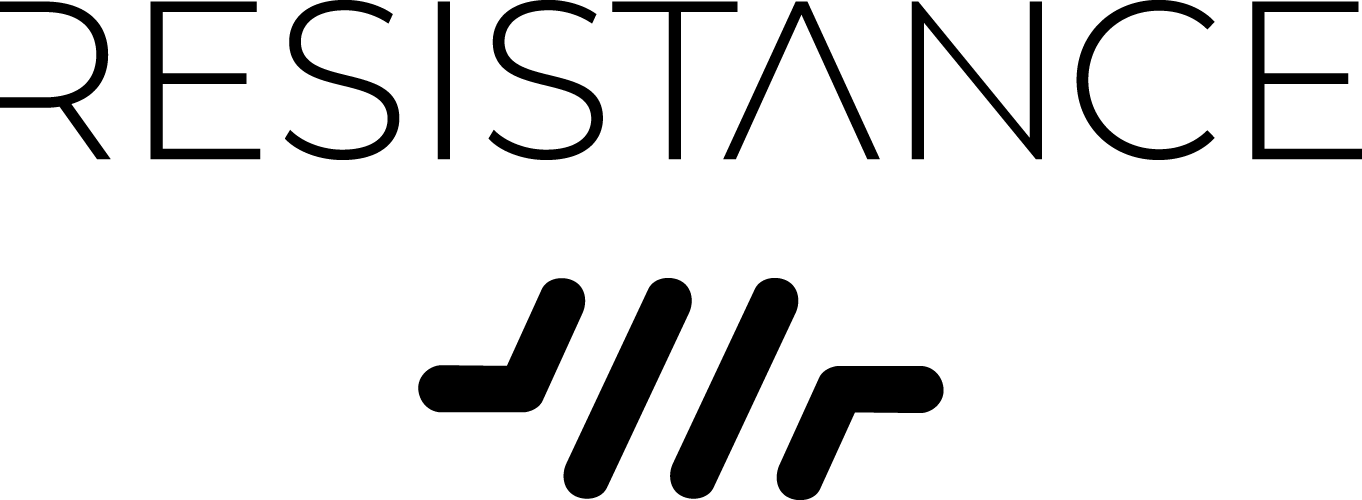6 Ways To Reduce Soreness After a Lagree Class
You will feel sore after your first Lagree class. That’s normal. Resistance exercise creates micro-tears in your muscle fibers. Your body builds strength through the process of repairing them. Delayed Onset Muscle Soreness (DOMS) usually peaks 24-72 hours after intense exercise. When you start a new exercise routine, the level of soreness is highest after your first session and decreases with each regular session. While some soreness is necessary, there are some simple steps you can take to decrease the time and improve the quality of your recovery.
The bad news about muscle soreness
There is probably no way to eliminate soreness after an intense, new workout. Most academic papers on this topic involve small sample sizes. There are also plenty of studies that cast doubt on the possibility of significantly reducing soreness. Our goal is to provide some simple steps that have shown positive effects. We’ve gone through a myriad of studies and meta-studies on this topic. Each tip includes a link to a study that found improvement in either a) perceived soreness or b) biological markers related to soreness.
The good news
Soreness is most severe when an exercise is unfamiliar. When you add a new style of exercise to your regular routine, you should experience less soreness with each workout. Think of it this way: your body rewards you for being consistent.
How To Reduce Soreness After a Workout:
1. Heat, Not Ice.
Heat feels nice on sore muscles, but there’s evidence that it can actually reduce soreness afterwards. A 2006 study found that a heat wrap applied to affected muscles before and after intense exercise significantly reduced self-reported DOMS symptoms. A heat wrap applied 18-42 hours after exercise showed 138% greater pain relief than a cold-pack. A 1995 small-sample study with even showed some relief from “warm underwater water-jet massage”.
2. Massage.
In a small-sample, controlled study, a 2003 study found that a brief massage applied a few hours after exercise reduced muscle soreness as much as 30%. A 2005 study found that just 10 minutes of sports massage applied 3 hours after a workout reduced perception of soreness and lower levels of Creatine Kinase in the blood in the days following the workout.
3. Omega-3’s.
Eicosapentaenoic acid (EPA) and docosahexaenoic acid (DHA) are two of the three main Omega 3 fatty acids and are found in fish and certain fish oil supplements. They are essential fatty acids, meaning that the human body can’t produce on its own. A 2016 study found that participants who regularly consumed supplements containing EPA + DHA had greater range of motion and experienced less soreness after exercising.
4. Turmeric.
Many studies have linked curcumin, a chemical found in Turmeric, to reduction in inflammation. A 2015 study found that participants who consumed a curcumin supplement for a few days before and after exercise experienced significant reduction in pain associated with DOMS.
5. Vitamin D
A 2020 study of 60 male participants found that muscle cell damage after exercise was lower was lower for participants who took vitamin D supplements. While other studies have shown that vitamin D deficiency has an adverse affect on exercise recovery, this study found that vitamin D supplementation resulted in reduced muscle damage even in those who came into the study with “optimal” vitamin D levels in their bloom plasma.
6. Sleep.
Sleep deprivation has many detrimental effects on your body. One of those is increased muscular pain (2014 study). It is not clear that getting more than a full night of sleep will help, but there is plenty of evidence that getting too little sleep will exacerbate the amount of pain and discomfort you experience.
Other resources:
Recovery is a major topic in exercise science. There are many genetic and environmental factors that affect the outcomes that an individual experiences from a given combination of exercise and recovery methods. Not surprisingly, seemingly similar studies often draw different conclusions and the science on recovery continues to evolve. These suggestions are based on published studies and meta-studies aimed at helping athletes and non-athletes improve the effectiveness and quality of their recovery. If you have expertise or sources that are contrary to this information, please reach out - we’d love to improve this article.








